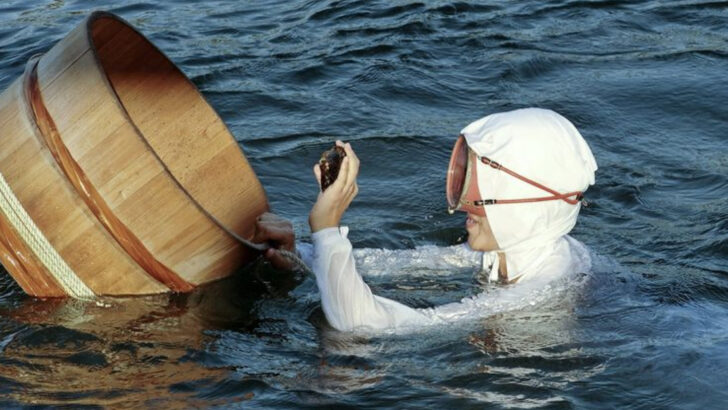They’ve turned their backs on sonar, steel boats, and factory nets—on purpose.
In a world chasing speed, scale, and gadgets, these fishing communities said no thanks.
No GPS. No blinking tech telling them where the fish are.
Just handmade boats, age-old rituals, and the kind of patience only salt and sun can teach.
They fish like their great-grandfathers did—with intuition, rhythm, and respect for the sea.
To them, modern fishing isn’t progress. It’s noise.
And here’s the wild part: they’re still thriving.
Still living lives shaped by tide, weather, and generations of grit.
These 11 communities are more than holdouts.
They’re guardians of a slower, deeper way of life—where every fish caught is a story passed down.
Bajau Laut
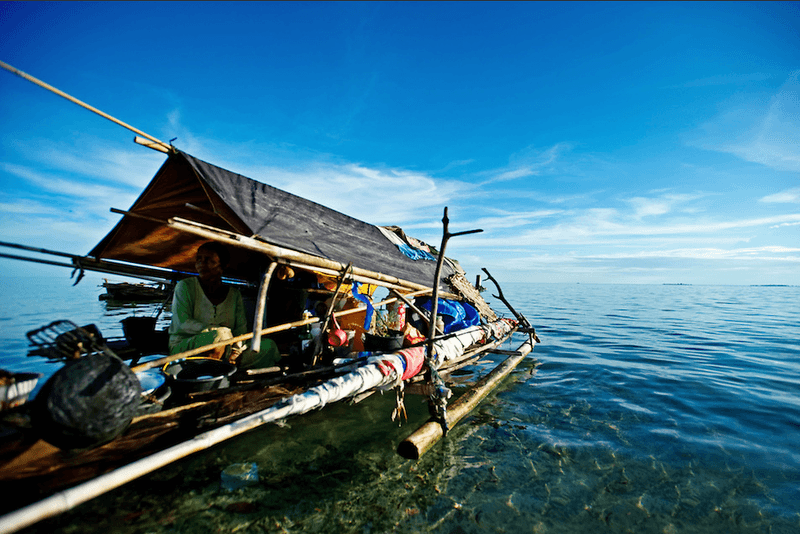
Known as ‘sea nomads,’ the Bajau Laut spend most of their lives on the ocean. Their exceptional freediving skills allow them to hunt fish using spears while holding their breath for minutes.
Living primarily around the Coral Triangle, they have an intimate relationship with the ocean, relying on its bounty for survival. Despite modern pressures, they maintain traditional practices, passing knowledge through generations.
They build boats by hand, with craftsmanship reflecting their deep-seated connection to the sea. This unique lifestyle faces threats from overfishing and climate change but continues to endure.
Haenyeo
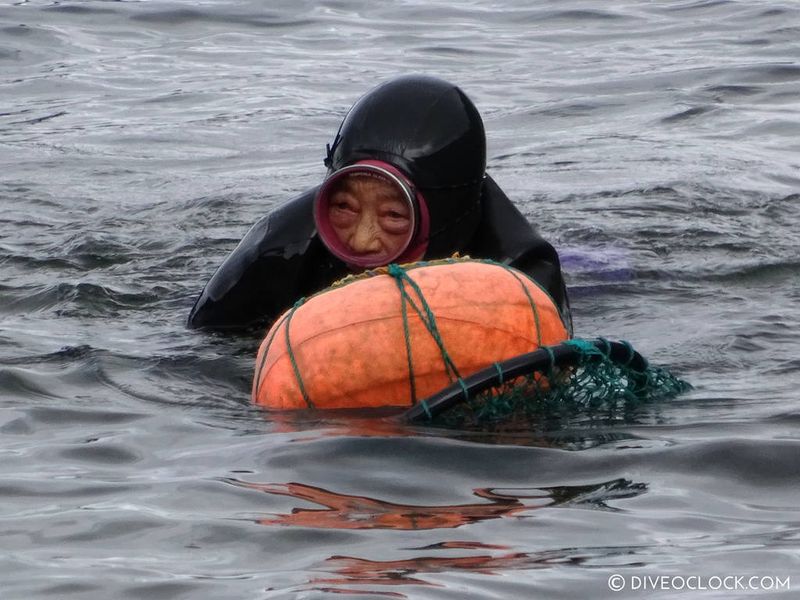
On Jeju Island, South Korea, Haenyeo women dive into the icy waters without breathing equipment, collecting shellfish and seaweed. This tradition, dating back centuries, defies societal norms, showcasing their resilience and independence.
Their dives, sometimes lasting up to two minutes, are a testament to their endurance and skill. Haenyeo women are revered for their contributions to the community and economy.
While their numbers are dwindling due to modernization, they remain icons of female strength and tradition, inspiring younger generations to keep this cultural heritage alive.
Moken
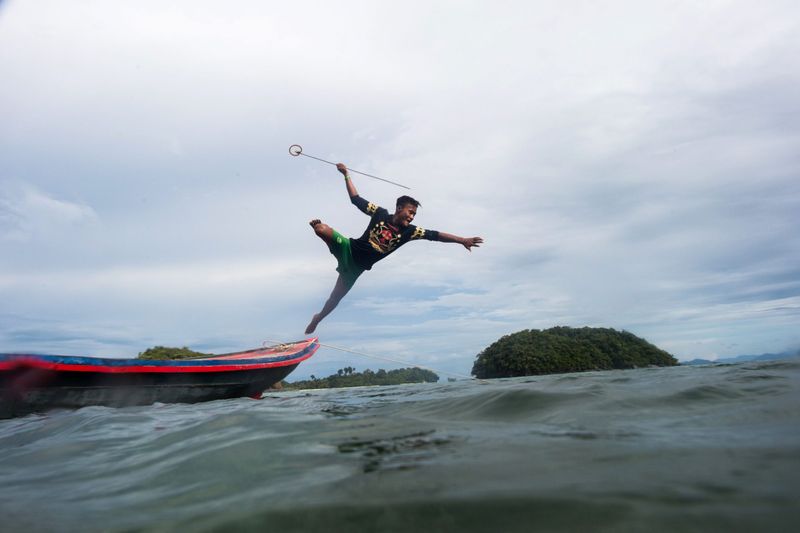
The Moken people, often called ‘sea gypsies,’ inhabit the Mergui Archipelago in Myanmar and Thailand. Known for their deep connection to the ocean, they live a semi-nomadic lifestyle.
Moken children learn to swim before they walk, diving without goggles or flippers, relying on ancient fishing methods. Their boats, called ‘kabang,’ are intricately crafted from local wood.
Despite facing pressures from tourism and government policies, the Moken preserve their traditional lifestyle, adapting to modern challenges without compromising their cultural identity.
Ama
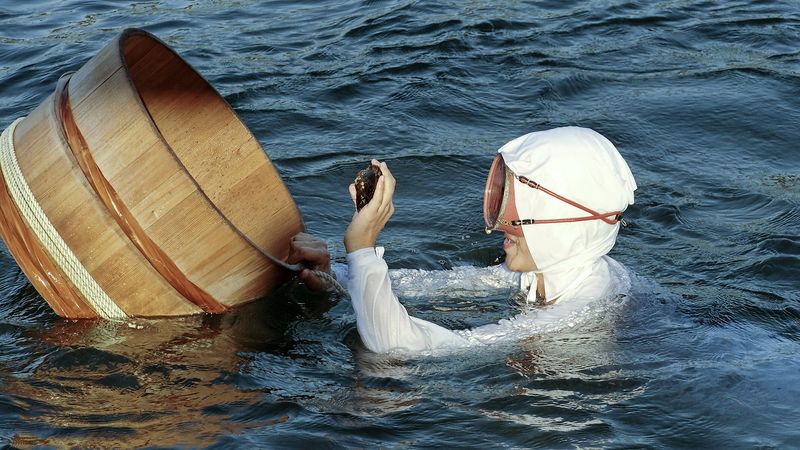
The Ama divers of Japan have practiced freediving for over 2,000 years, collecting seafood without the aid of modern equipment. This sustainable method has been passed down through generations.
Ama, mostly women, dive in cold waters, demonstrating remarkable breath control and endurance. Their practice is not just a means of livelihood but a cultural legacy.
These divers often sing a distinctive song to regulate breathing before submerging. However, their tradition is threatened by modernization and declining numbers, yet their legacy continues to inspire respect for nature.
Inuit
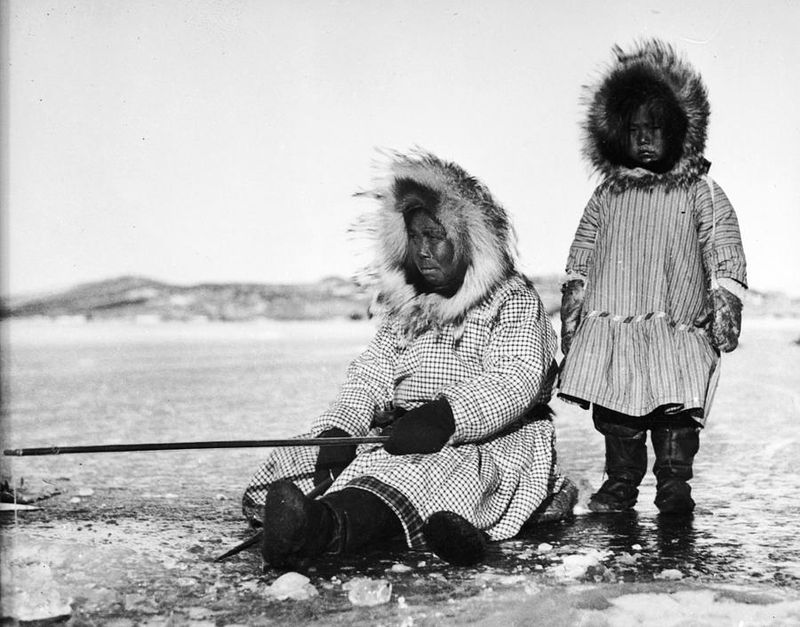
In the Arctic, Inuit communities rely on ice fishing to sustain their way of life. Using handmade tools, they skillfully catch fish beneath the ice, a tradition rooted in survival and respect for nature.
This practice involves intricate knowledge of the land and seasons, passed down through storytelling. Inuit fishing is more than a means of sustenance; it’s a cultural expression and a connection to ancestry.
Despite environmental changes and external influences, Inuit communities strive to preserve their traditions, showcasing resilience and adaptability in a challenging environment.
Lamalera
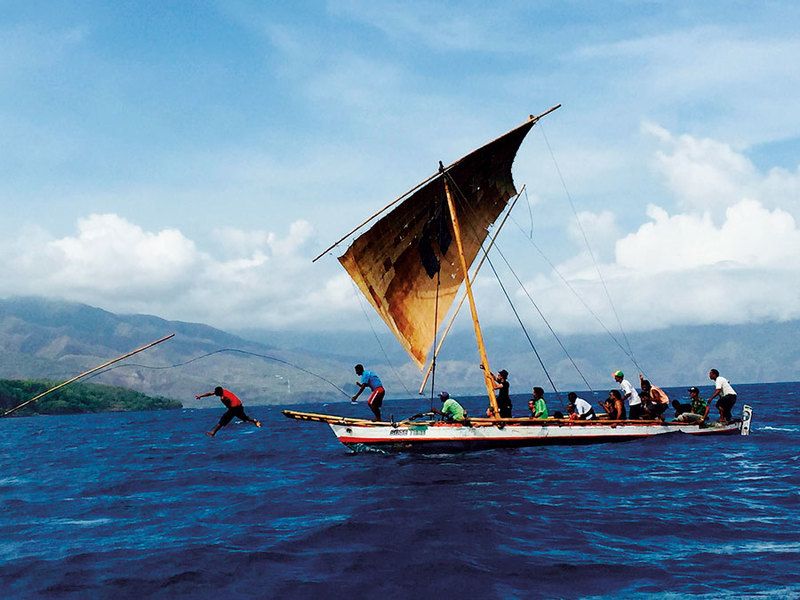
On the island of Lembata, Indonesia, Lamalera villagers engage in traditional whaling, a practice dating back generations. Using handmade harpoons and boats, they hunt sperm whales sustainably.
This communal activity is deeply rooted in their culture, with rituals and taboos guiding the hunt. Hunting is not only a means of sustenance but also a way of uniting the community.
Despite controversies surrounding whaling, Lamalera’s practice is a symbol of cultural identity and survival, balancing tradition with conservation. Their methods ensure minimal impact on whale populations.
Vezo
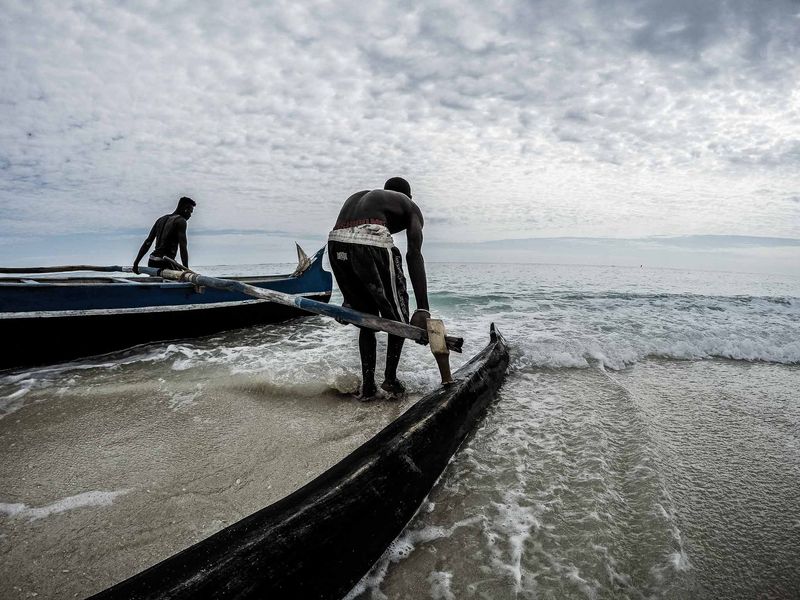
Along Madagascar’s southwestern coast, the Vezo people are renowned for their fishing skills. They navigate the Indian Ocean on handcrafted canoes, relying on nets and lines rather than modern technology.
Fishing is an integral part of Vezo identity, shaping their social structure and daily life. The ocean is both a source of sustenance and a spiritual entity.
As pressures from commercial fishing increase, the Vezo’s commitment to traditional methods exemplifies resilience. Their deep respect for the sea ensures that their practices remain sustainable, preserving marine life for future generations.
Rapa Nui
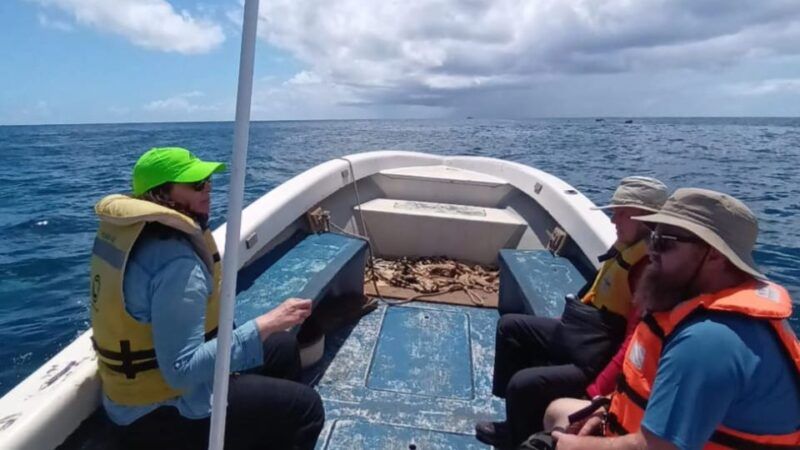
Easter Island’s Rapa Nui people maintain traditional fishing practices, using reed boats and stone tools passed down through generations. These methods reflect their ingenuity and environmental adaptability.
Fishing is more than subsistence; it’s a cultural cornerstone that connects them to their ancestors. The Pacific Ocean’s abundance is respected, ensuring sustainability.
Rapa Nui traditions face challenges from globalization and environmental changes. Yet, their commitment to heritage fosters community resilience, preserving their unique identity and harmonious relationship with nature.
Sami
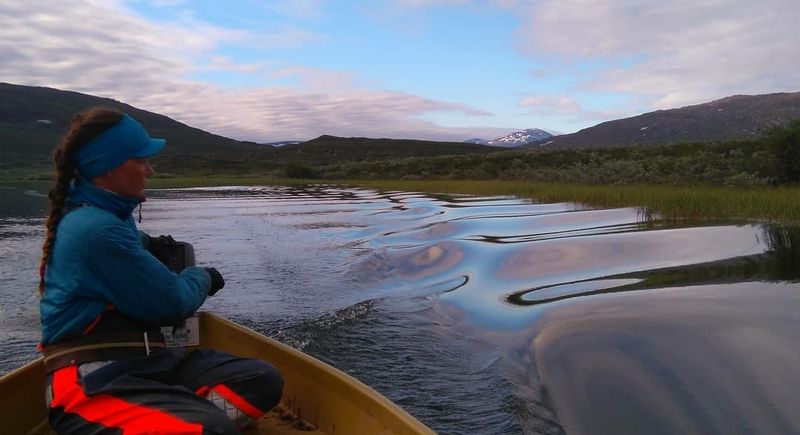
In the northern reaches of Scandinavia, the Sami people practice fishing in lakes and rivers, using methods shaped by their environment. Their techniques, such as gillnetting, align with their semi-nomadic lifestyle.
Fishing is intertwined with Sami culture, reflecting a harmonious relationship with nature. Knowledge is shared through stories and communal activities, keeping traditions alive.
While modern influences encroach, the Sami resist, advocating for rights to maintain their way of life. Their resilience ensures the survival of their cultural heritage, embodying a deep connection to land and water.
Koli
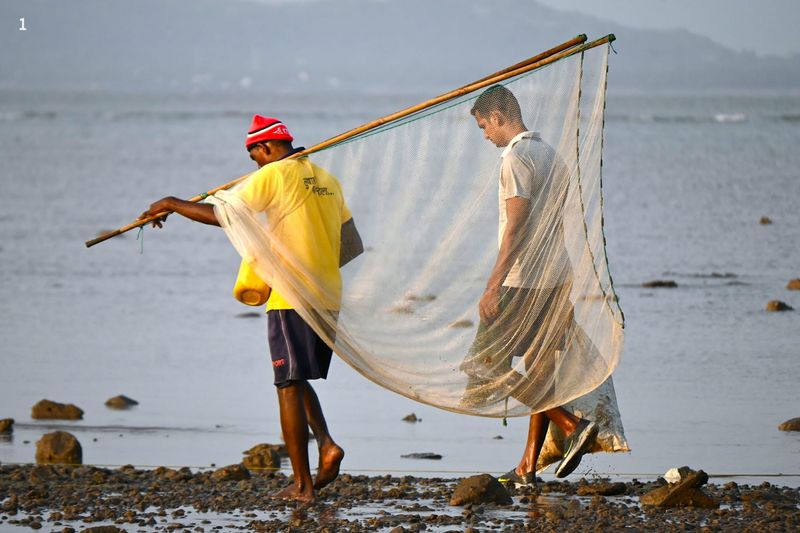
In Mumbai, the Koli community’s fishing traditions date back centuries. Amidst the bustling metropolis, they utilize traditional nets and boats, maintaining age-old methods despite urban pressures.
Fishing is central to Koli identity, influencing their celebrations and cuisine. The community’s resilience is seen in their adaptation to changing environments, balancing tradition with modernity.
However, urban development threatens their way of life. The Koli’s dedication to preserving their heritage serves as a reminder of the importance of cultural preservation in an ever-evolving world.
Aboriginal Australians
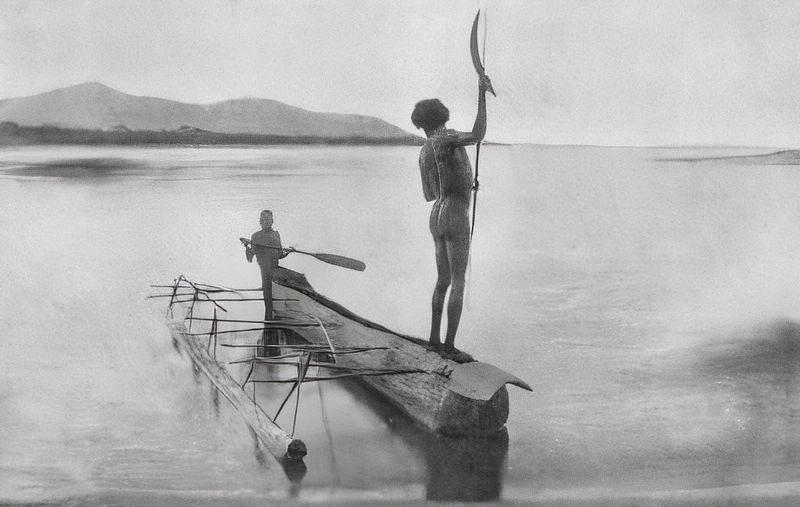
Across Australia’s vast landscapes, Aboriginal communities have fished using traditional methods for millennia. These practices, such as spearfishing, are deeply ingrained in their cultural and spiritual lives.
Fishing is more than sustenance; it’s a vital aspect of community gatherings and storytelling. Knowledge is passed through generations, fostering a deep respect for the land and waters.
Despite modern challenges, Aboriginal Australians strive to preserve their techniques, advocating for environmental stewardship. Their commitment to tradition exemplifies a profound connection to nature, reinforcing cultural identity in contemporary society.

